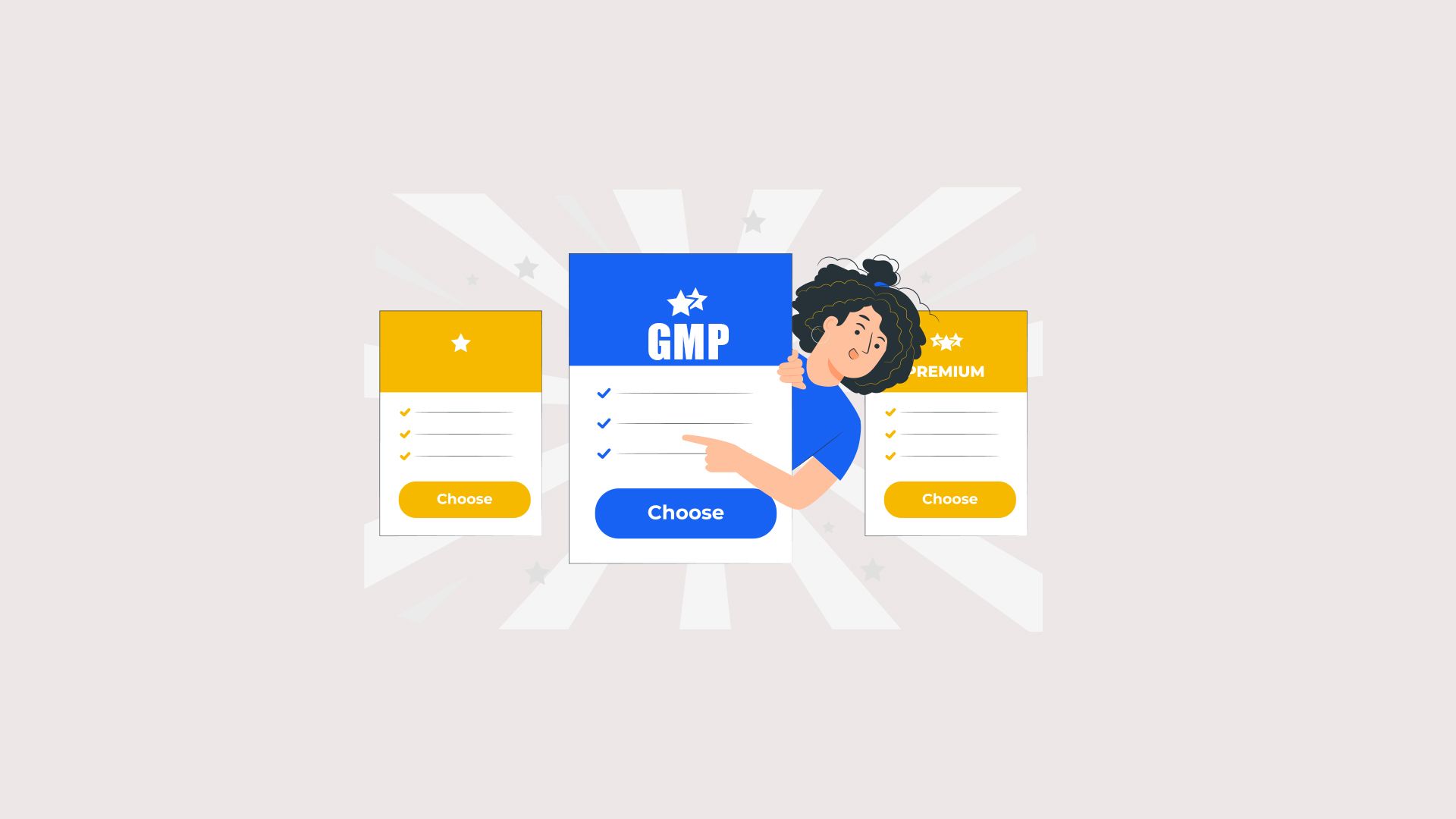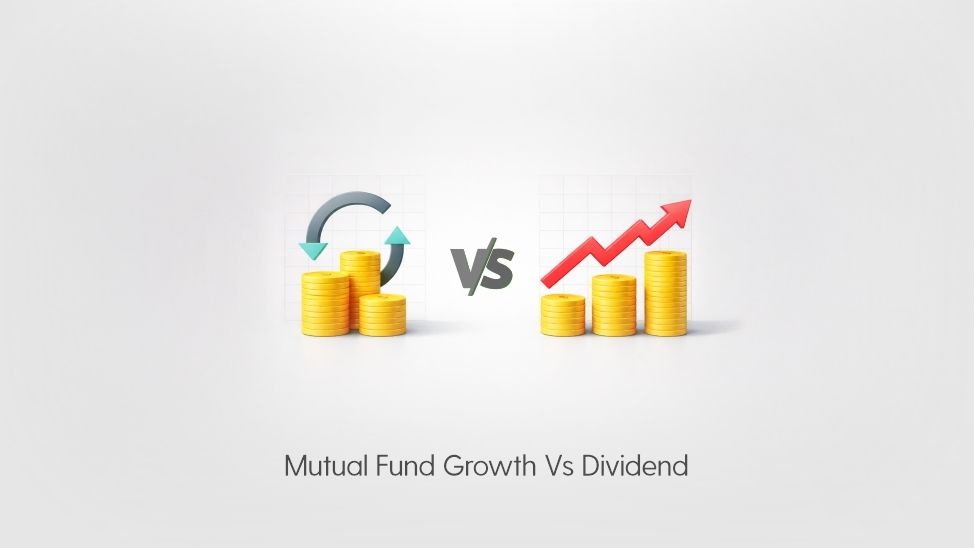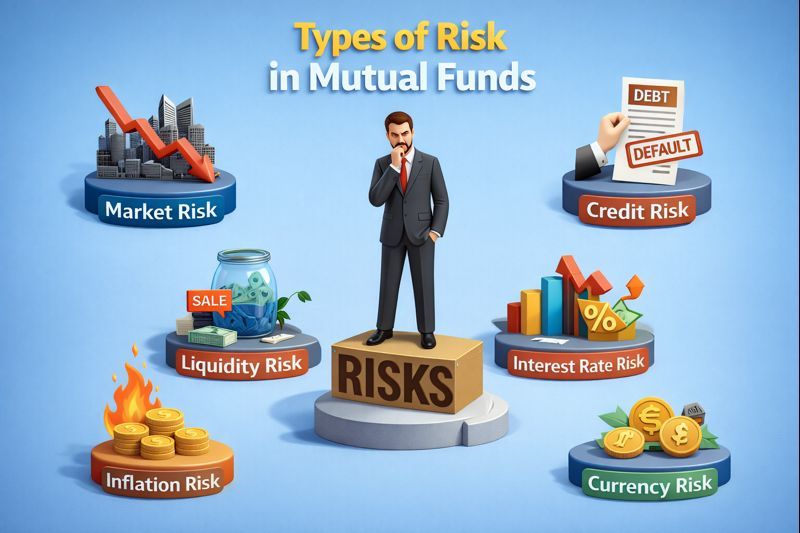How IPO Listing Price is Decided

- Published Date: December 21, 2021
- Updated Date: October 15, 2025
- By Team Choice
IPOs have created a lot of buzz in the stock market recently so much that it has become the major investment product for a lot of people. The majority of the time, the reason behind the IPO investment is to get the benefit of IPO listing gains. But the question is: how IPO listing price is decided?
But before diving into the details, let us have a look at what is IPO listing?
What is IPO Listing?
The listing price is the rate at which a company’s shares start trading on a stock exchange after its Initial Public Offering (IPO). Simply put, it is the market’s first valuation of the stock when it becomes available for buying and selling by the public.
This price may differ from the issue price (the price at which shares were originally offered to investors during the IPO), depending on demand, supply, and market sentiment.
The listing process usually happens after 3 days of IPO allotment.
After the IPO is officially listed on the stock exchanges, it becomes accessible and easy to trade. You can then place buying and selling orders for the same.
Now the IPO listing price plays an important role in determining the profits and also the popularity of the company.
So now let us have a look at how the IPO listing price is decided.
How Listing Price of IPO Decided?
Investors often wonder: how is the IPO listing price decided? The listing price is not randomly set; it is the outcome of several key factors that come into play once a company’s shares are ready to hit the market.
1. Demand

Investor demand is one of the most important factors affecting the IPO listing price. If many investors are eager to buy an IPO, the demand automatically rises; thus, the listing price tends to increase.
Considering an example of a company offering 1,00,000 shares at ₹100 each. If thousands of investors apply for the IPO, the shares may become oversubscribed. This high demand can push the market to trade these shares at ₹130 or ₹140 on the listing day. High demand and limited shares often lead to a higher listing price.
2. Growth Prospects of the Company

Investors are more likely to pay a higher price for a company that has a strong future growth prospect. A company showing plans for expansion, innovation, or entering new markets attract more buyers/investors.
Let’s understand using an example. If a steadily growing renewable energy company issues new shares at ₹200 to fund a solar project, investors, anticipating rapid future growth, may be willing to trade the stock at ₹250 when it lists on the exchange. This strong demand effectively boosts the listing price above the initial issue price.
Open a FREE Demat Account in 5 Mins.
- Free AMC for First Year
- Low DP Charges (₹ 10)
- No Auto Square Off Charges
- Free Research Calls
3. Grey Market Premium

Before the IPO officially lists, shares are sometimes traded in the unofficial or grey market. In this market, interested investors are often willing to pay an extra price over the IPO issue price. This extra price paid is known as the Grey Market Premium (GMP), acting as an early indicator of the IPO’s potential listing price.
For instance, if a company sets its IPO price at ₹150 and the grey market shows a GMP of ₹40, it suggests that the shares could list around ₹190 in the stock market. However, you must remember that a higher GMP does not always guarantee a strong listing for the IPO. Always consider GMP along with other factors.
4. The OFS Value

An Offer for Sale (OFS) shows how many shares existing shareholders are willing to sell during the IPO. If the number of shares being sold by current investors is higher than the new shares being issued, it may signal that these shareholders are exiting the company, which could make some investors cautious. That said, this doesn’t always mean a negative outcome. If the company has strong growth prospects, it can still perform well in the market.
To make it simple, let’s understand with an example. A company issues 50% fresh shares and 50% OFS. If retail investors notice that a large portion is being sold by current owners, they may be cautious, and the listing price may not rise as much as expected.
However, a very large OFS compared to fresh shares can sometimes put downward pressure on the IPO’s listing price.
5. Market Sentiments

The overall mood of the stock market and investor sentiment also influence the listing price. Positive market trends encourage higher listing prices, while bearish markets may lower expectations. Analysts’ recommendations and media coverage can also shape sentiment.
If the stock market is performing well and analysts predict strong returns for a new IPO, investors are likely to bid aggressively. This positive sentiment can push the listing price above the IPO price. On the other hand, if the market is down, even promising IPOs may list at or below the issue price.
Conclusion
Understanding how the listing price is decided helps investors set realistic expectations when participating in IPOs. While fundamentals guide long-term performance, the listing price is strongly influenced by demand, market trends, and investor sentiment. It is crucial that investors carefully evaluate these factors before making any decisions.
If you are thinking to open a demat account, why not open a demat account today!
FAQs
Can the listing price be lower than the issue price?
Yes, if market conditions are weak or demand is lower than expected, shares may list below the issue price.
How can I predict the listing price?
While exact predictions are difficult, investors track subscription levels, company fundamentals, market trends, and GMP to estimate potential listing outcomes.
Recommended for you

Mutual Fund Growth vs Dividend: Difference, Taxation & Best Option Explained

Types of Risk in Mutual Funds: What Every Investor Should Know
Mutual Fund as an Investment pool fetches high returns via stocks, bonds etc. However, there are certain risks associated. Read on to know the types of risk involved in mutual fund investments for SIP and Lump-sum.

FII DII Data - Live Data
